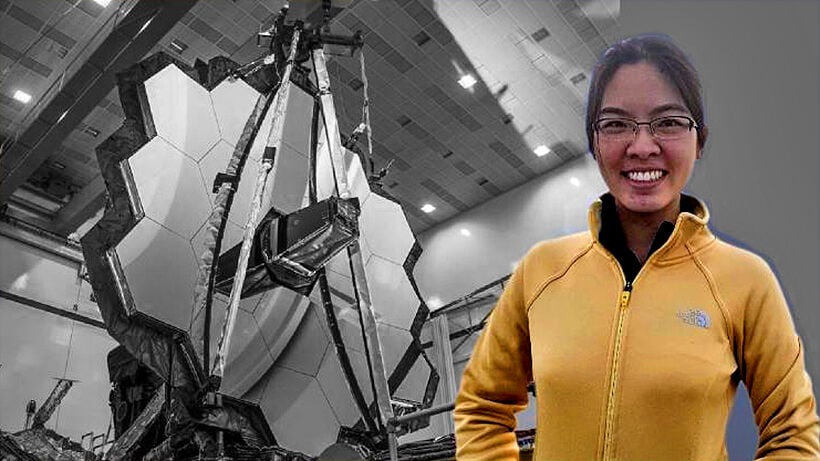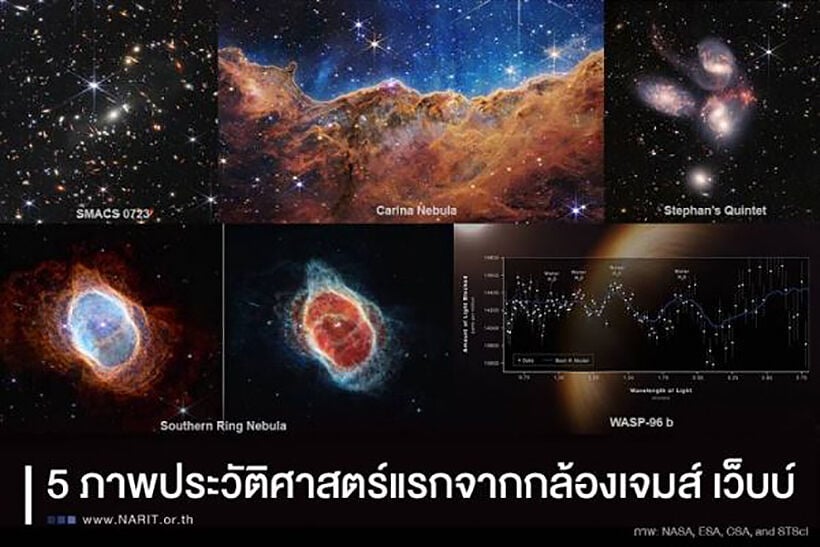Thai astronomer involved in bringing amazing James Webb Space Telescope images to us

All those amazing pictures we’ve seen from the new James Webb Space Telescope do have a small Thai connection.
One Thai astronomer, Dr Nicha Leethochawalit of the National Astronomical Research Institute of Thailand, was among the first astronomers to use the new space telescope to discover the oldest and farthest galaxy ever detected.
She was part of the Grism Lens-Amplified Survey from Space, a project which is a part of the Early Release Science program, using information released by NASA’s James Webb Space Telescope.
The galaxy her team detected was an astonishing 13.5 billion light years away, the farthest objects ever detected, and only made possible by the new technology included in the James Webb Space Telescope launched on Christmas Day last year.
Dr. Nicha says that under the Early Release Science program, every astronomer involved had access to the very first images and data provided by JWST simultaneously.
According to Thai PBS World, Dr Nicha told reporters that she was responsible for running the code to determine how far the oldest galaxy is away from Earth, using the “redshift” technique, originally discovered by astronomer Edwin Hubble in 1929. Edwin Hubble lent his name to the Hubble Space Telescope, the former space telescope originally launched into low Earth orbit in 1990, and remains in operation.
Dr Nicha says she originally didn’t know if her studies in astronomy would be useful or not. After starting work, and because of her involvement in analysing data from the new James Webb Space Telescope, she says she realised that she had made the right decision.
Born and educated in Nakhon Pathom, just north of Bangkok, Dr Nicha received a scholarship from the National Astronomical Research Institute of Thailand to study astronomical physics for her BA, MA, and doctorate at the University of Chicago and the California Institute of Technology.
The James Webb Space Telescope is a space telescope designed primarily to conduct infrared astronomy, deep into the farthest reaches of the known universe.
“As the largest optical telescope in space, its greatly improved infrared resolution and sensitivity allow it to view objects too early, distant, or faint for the Hubble Space Telescope.”

SOURCE: Thai PBS World
Latest Thailand News
Follow The Thaiger on Google News:


























